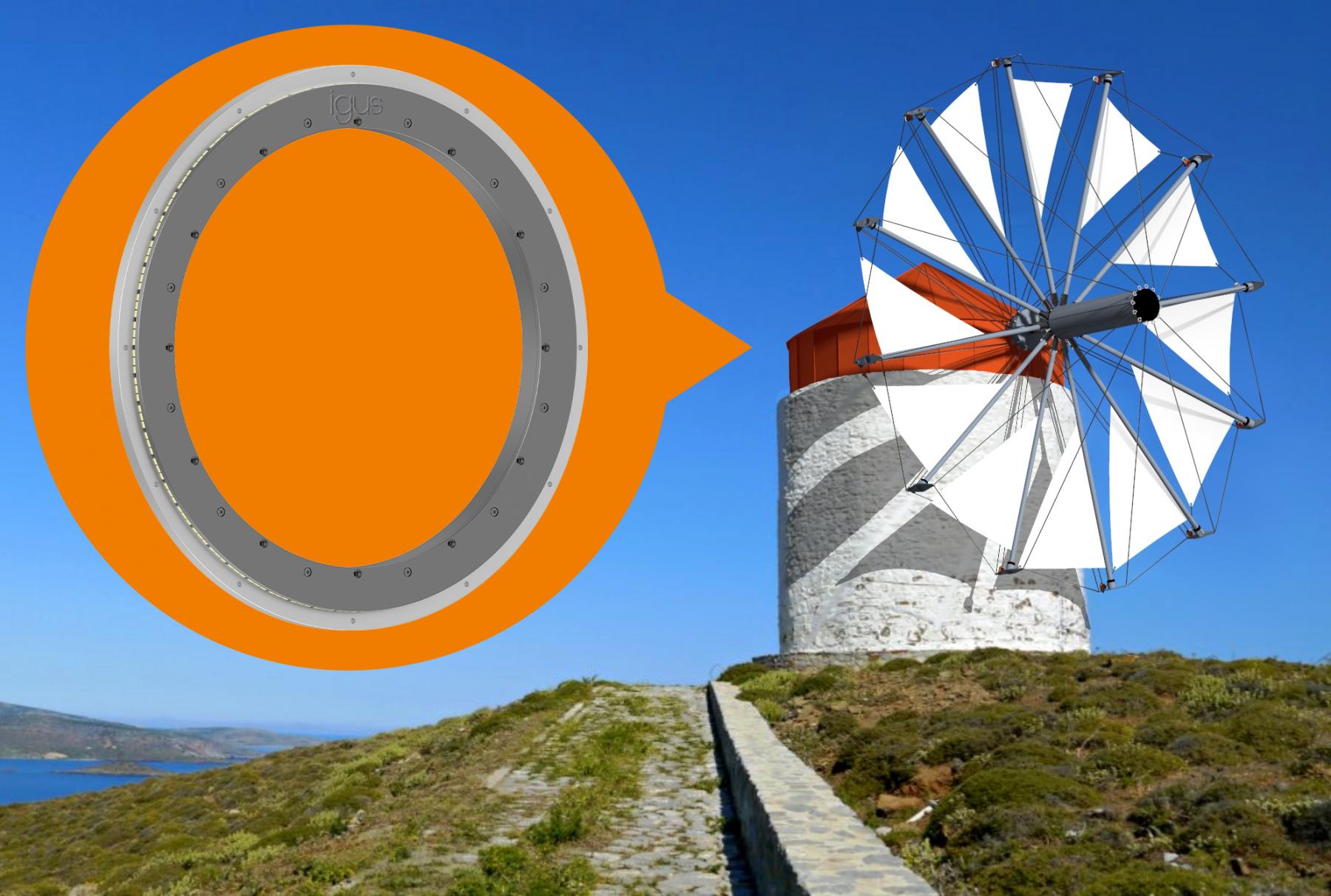 igus GmbH, a global leader in motion plastics, is contributing €10,000 and supplying lubrication-free linear guides and polymer bearings to support the Sailwind 4 project by students at the HTWG Konstanz, a university of applied sciences. This initiative aims to transform traditional windmills, which were historically used for mill grinders and irrigation pumps, into green electricity generators, minimizing the need for maintenance in windmill operations.
igus GmbH, a global leader in motion plastics, is contributing €10,000 and supplying lubrication-free linear guides and polymer bearings to support the Sailwind 4 project by students at the HTWG Konstanz, a university of applied sciences. This initiative aims to transform traditional windmills, which were historically used for mill grinders and irrigation pumps, into green electricity generators, minimizing the need for maintenance in windmill operations.
Wind turbines are being built all over the world as part of the global energy transition. However, there are places where the turbines just don’t fit. At the same time, nature conservation often thwarts projects. But does that mean giving up wind power? Not if the students at the HTWG Konstanz have a say. They hope to use small windmills to generate green electricity. Their Sailwind 4 project is focussed on recreating a Greek sail-driven windmill, one of the oldest known devices for using wind energy and today a cultural asset in the Mediterranean region from Turkey to France. Previously used primarily for grinding grain and legumes, these windmills will produce green electricity with a generator in the future. The advantage is that there are already thousands of mills that can be retrofitted as miniature green power plants.
igus is the first sponsor
igus is enthusiastic about the compact wind power plant. “We intend to make our buildings and production CO2-neutral by 2025, but we are also thinking beyond company boundaries. Therefore, we are supporting Sailwind 4 with €10,000 and providing the students with free components to build the new windmills,” says Tobias Vogel, CEO - Plain Bearings and Linear Technology, igus.
“igus is known for its commitment to innovative projects initiated by secondary school and university students,” says Professor Dieter Schwechten, who, together with Professor Ditmar Ihlenburg, initiated Sailwind 4. “We are very pleased to have igus as our first partner and hope to gain more project supporters from the industry.”
Lubrication-free igus components reduce maintenance cost and effort
If everything goes according to plan, the students will start building the first windmill in October. It will retain the typical visual characteristics of the historical model: a cylindrical tower, a tapered roof structure and the sail rods on the rotating main shaft. The engineers will attach high-tech sails to the latter and connect the shafts to a power generator. A wind speed of 14 m/s should allow a rotor 4 m in diameter to generate 5 kWp of electricity. The small wind generator could also be combined with a photovoltaic system and battery storage.
“Local, sustainable power generated with wind and sun has great advantages for many regions because the two complement each other well in terms of climate,” says Schwechten. The systems are to work with as little monitoring and maintenance as possible. “We have set ourselves the mechatronic task of completely automating windmill operation, which is how large wind turbines work,” adds Schwechten. “After all, there are no millers to operate windmills today.”
This is where the components igus provides come into play. They include linear guides for motorized sail trimming, slewing ring bearing support for the rotor, and a variety of plain bearings made of high-performance plastics. All igus components are robust, fail-safe, and corrosion-free and require no lubrication or maintenance. This is a big advantage for upgrading old windmills in the Mediterranean.
For more information: www.igus.in